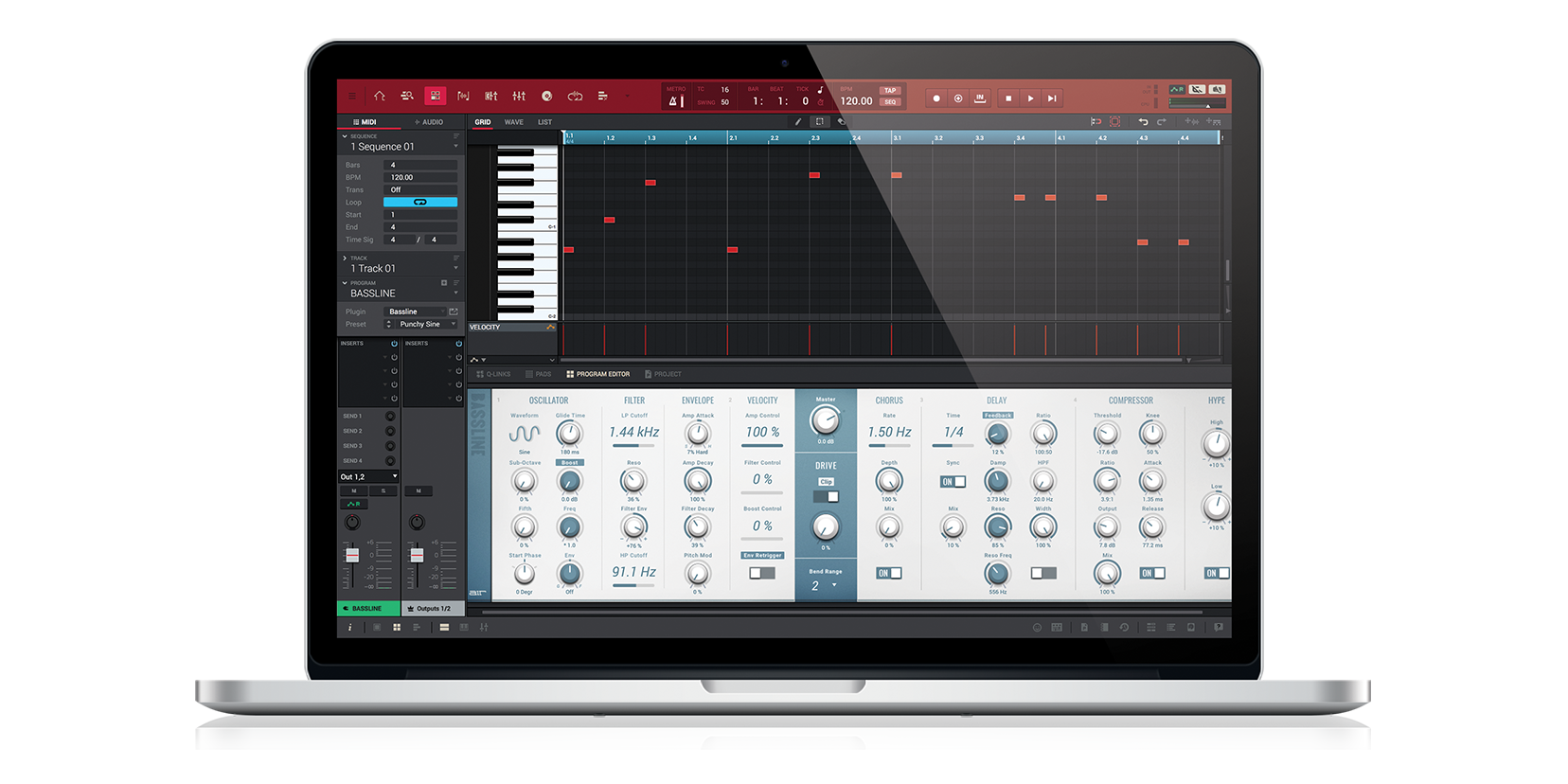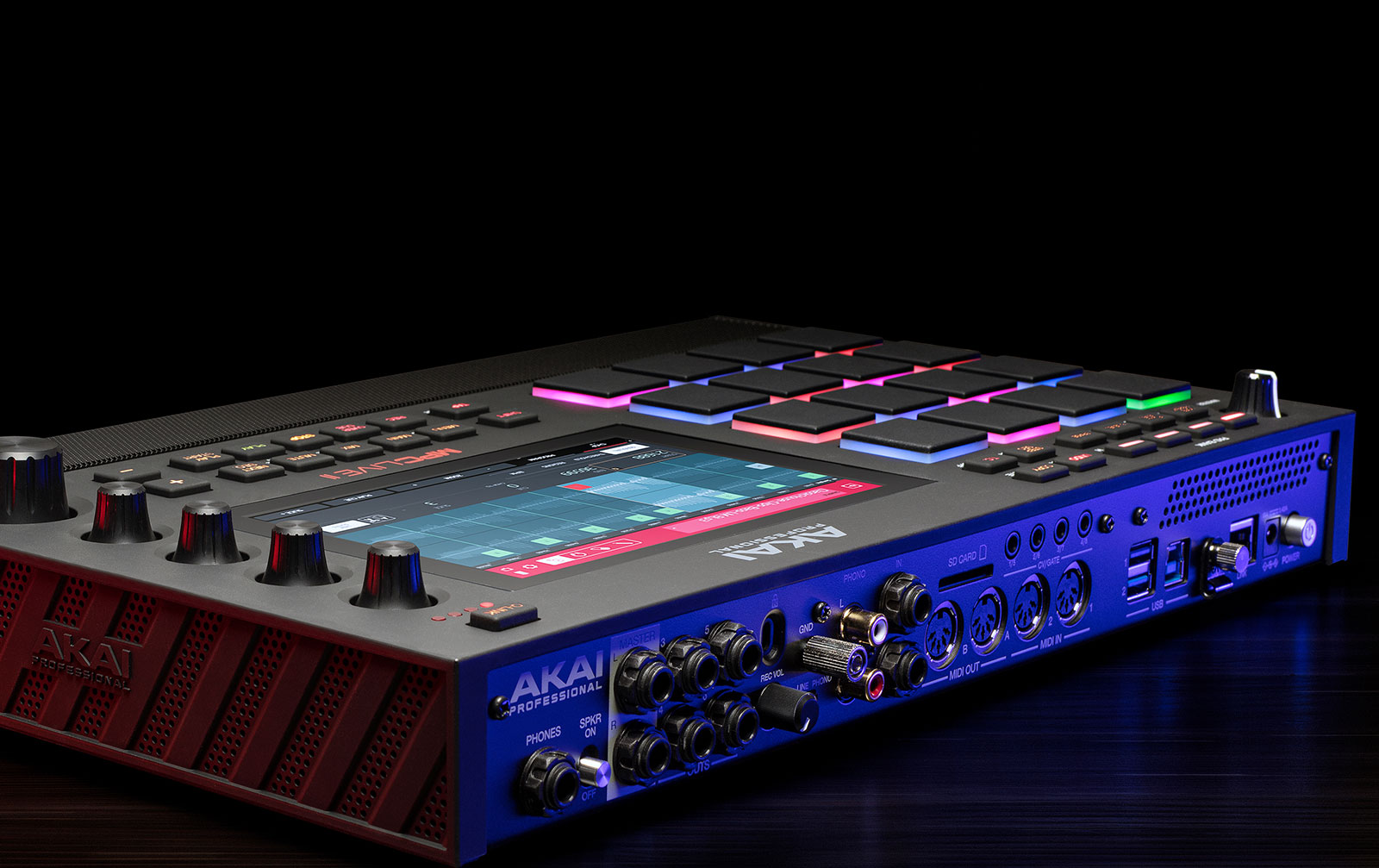


A tough metal case - and a lot more going on inside - results in a hefty weight of 2.7kg (5.9lbs). The MPC Live is the same size as the Touch, but a little bit deeper, and it feels chunkier as the thickness is uniform across the unit. Despite a great deal of tidying up, Akai have not tinkered significantly with the MPC production workflow, which will either be a relief or a disappointment depending on your perspective. It also has some big new features, notably audio tracks, a new loop launcher Program type and modernised content browsing. The MPC DAW and plug-in finally hits version 2.0 alongside this hardware launch, sporting a much needed visual makeover with styling inherited back from the Touch interface. However, they also have on-board CPUs that can run the MPC software independently. This is the foundation for the new MPCs, both of which, like the Touch, can be used as controllers (and audio/MIDI interfaces) for the MPC software. With the MPC Touch, Akai introduced a new interface that combines touch and physical control elements and, as we said at the time, offers a much enhanced experience compared to the software on previous MPCs. I got the chance to play with both in order to make comparisons, but this review will concentrate on the Live model. The MPC X is a larger, studio-based workstation that’s like a futuristic version of a Renaissance or MPC5000. The MPC Live is designed for portability and is, on the face of it, a stand-alone version of the MPC Touch (reviewed in SOS September 2016). Akai have evidently been listening and are returning to stand-alone in a seriously ambitious way, launching two new MPCs that offer uncompromising computer-free operation, as well as a hybrid controller mode, and project transition between the two. This demand never died away, in fact there’s a renewed interest in self-contained drum machines, grooveboxes, and mobile music devices in general. While this would appeal to a new group of beat-makers more comfortable with laptops than traditional drum machines, it left much of the existing user base yearning for a next-gen stand-alone solution. The return of the stand-alone MPC exceeds expectations.įive years ago Akai Professional took the bold decision to move their MPC range to the hybrid software-plus-controller model that was proving a runaway success for Native Instruments’ Maschine.


 0 kommentar(er)
0 kommentar(er)
